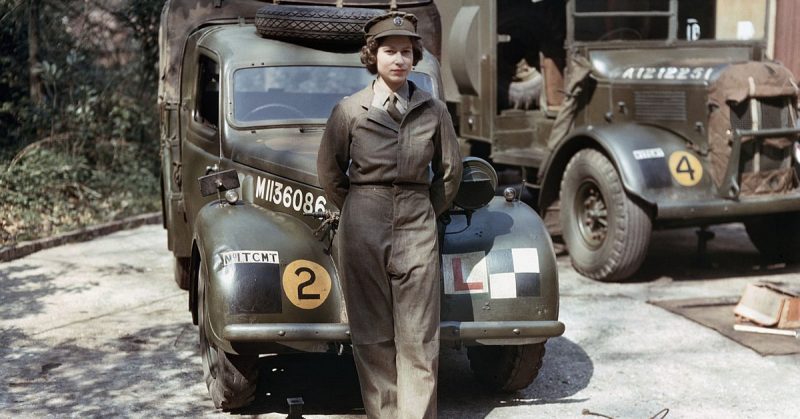It wasn’t unusual to see a woman in a military uniform in England in 1945.
As early as 1939, Time magazine ran a cover story that reported on British women in World War II. Thousands of women took on roles usually filled by men while the men served on the front lines of the war. Women drove buses and milked cows. Many served in the ATS, the Auxiliary Territorial Service, an auxiliary branch of the army for women.
The International Museum of World War II in Natick, Massachusetts, is displaying a new collection entitled “Women in WWII: On the Home Fronts and the Battlefronts.” Part of that collection is a photo of a woman in uniform demonstrating the work she has done on a car engine to Queen Elizabeth. What is unique about the photograph is that the mechanic is none other than the Queen’s daughter, the future Queen Elizabeth II.
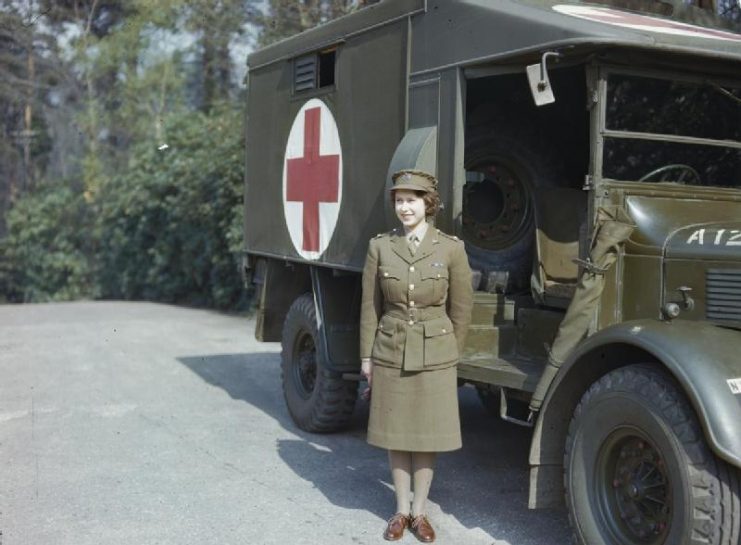
The director of the museum, Kenneth Rendell, says that it is an example of the role women played in the war. “Women wanted to be a part of what was going on,” he says. “They were a part of what was going on.”
In the early part of the war, Queen Elizabeth was officially made the commandant-in-chief of the Women’s Royal Naval Service, Women’s Auxiliary Air Force, and Women’s Auxiliary Territorial Service. The uniform was the first warlike outfit an English Queen had worn since Queen Boudica.
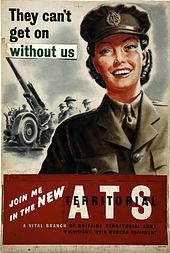
Her daughters, Princess Elizabeth and Princess Margaret, were sent away like most children in London in order to protect them from the Blitz.
When Princess Elizabeth turned 18, she declared her desire to serve her country.
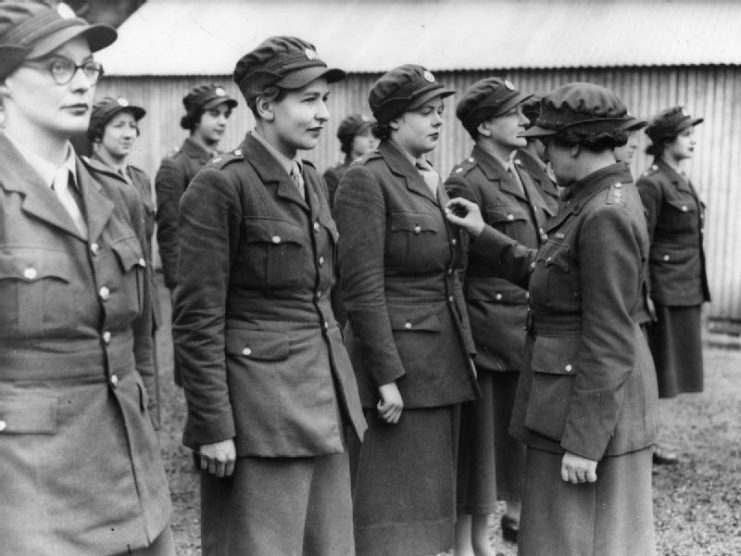
The King initially ruled that it was more important to the country that she continues her training as a princess and forbade her from joining any auxiliaries or working in a factory. Elizabeth would not settle for this and it wasn’t long before the King announced that he was commissioning her as an honorary second subaltern, the equivalent of the second lieutenant, in the ATS.
Princess Elizabeth began her training in March 1945, making her the first woman in the royal family to serve as a full-time active member of the service. She was not given any special rank or privilege, although she was eventually promoted to junior commander.
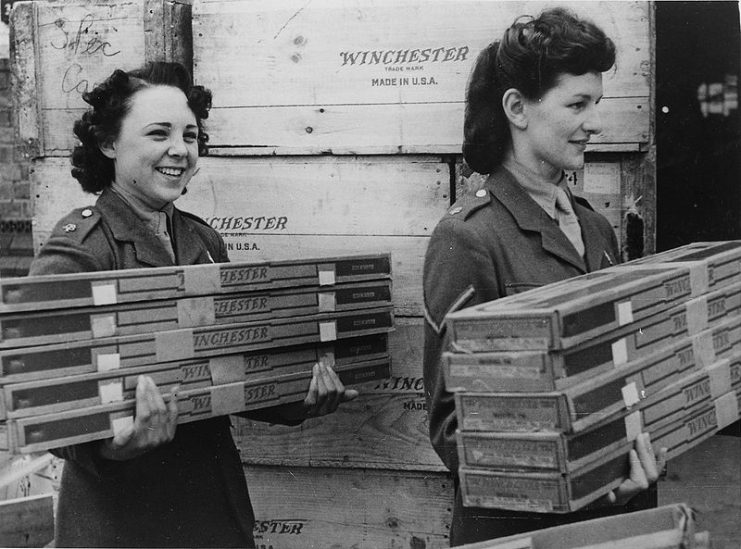
Working in the ATS was not without danger. A woman working at an anti-aircraft station was killed by a bomb in 1942. Still, it was not a role that was avoided by the privileged. Winston Churchill’s daughter served in the ATS as well.
After joining the ATS, Princess Elizabeth passed a military driving test, learned how to read maps, and began working to repair engines.
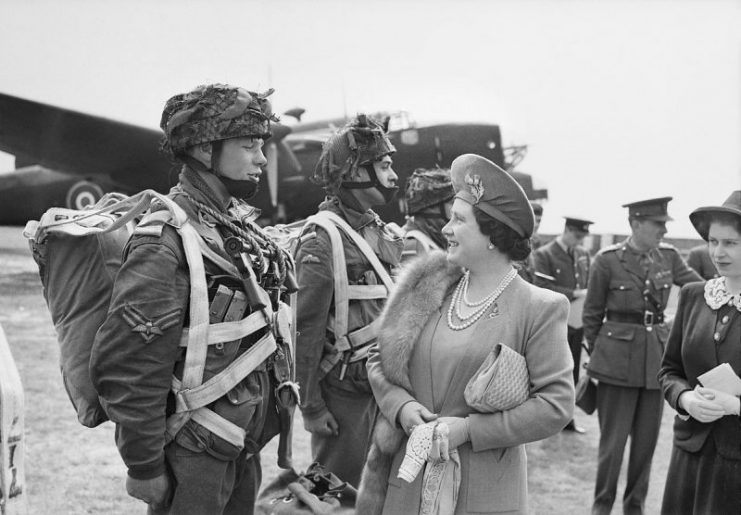
The only sign of her privilege was her sleeping arrangements. She slept every evening in Windsor Castle rather than in camp with the other ATS members.
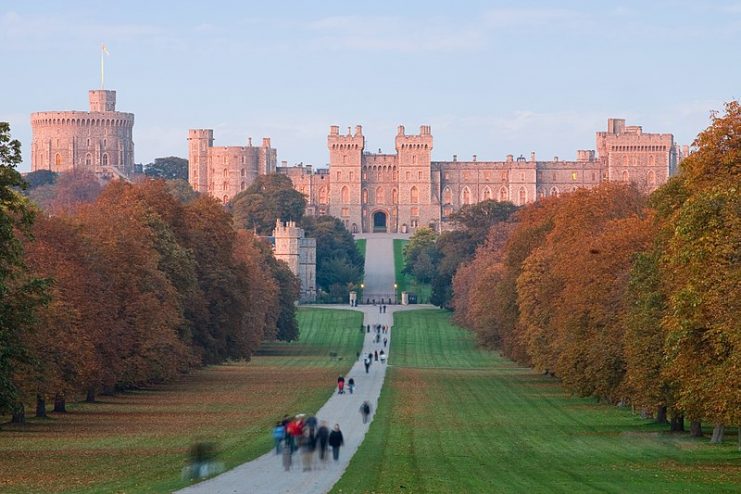
The photo in the exhibit was taken when the King, Queen, and Princess Margaret visited an ATS training center in the south of England. The photo shows the future queen showing her mother the work she has done on an engine.
Besides serving her country, Princess Elizabeth saw her time in the ATS as a lesson in what it was like to live as a non-royal. Life magazine quoted her as saying that she never knew how much preparation went into a royal visit. She vowed to remember in the future.
